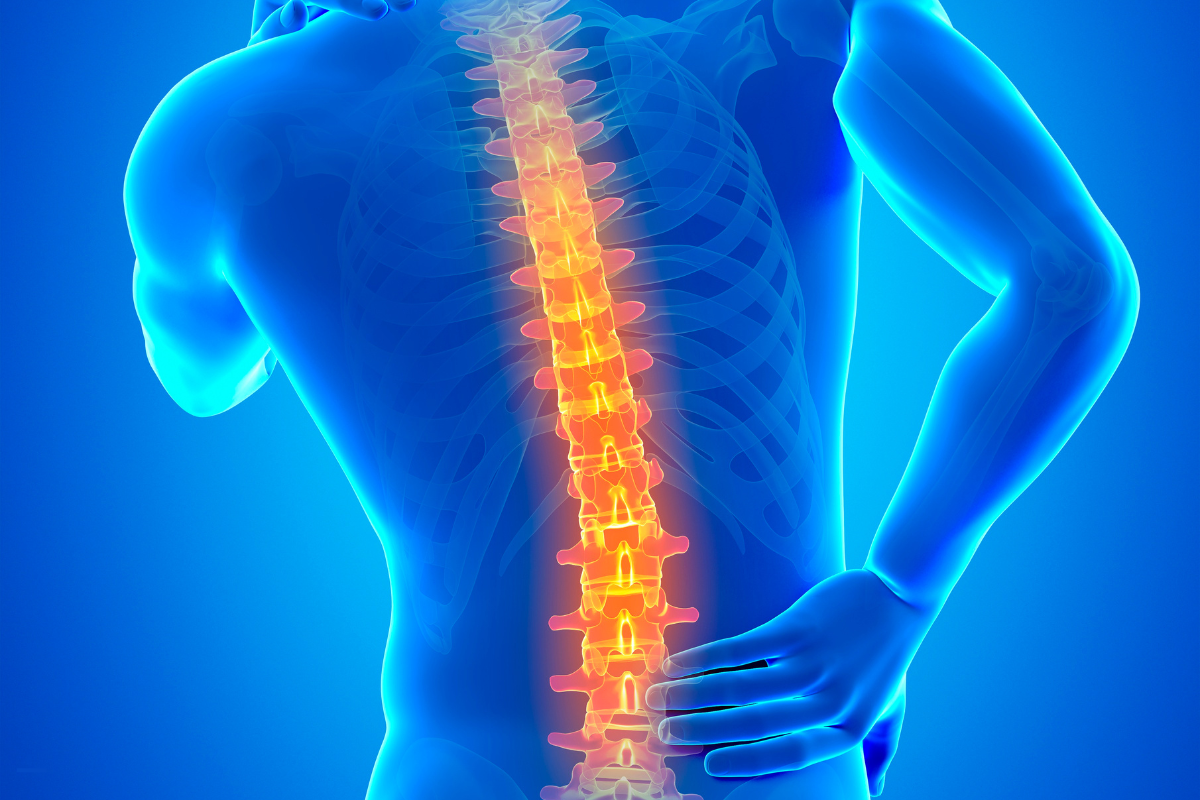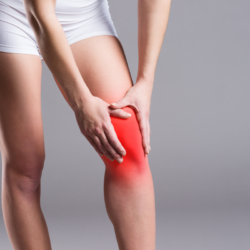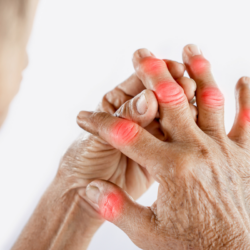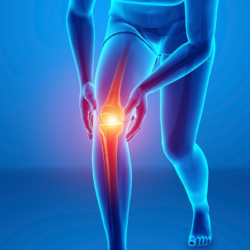Our joints are put to a severe test every day (walking, sport, standing for long periods, etc.). While normal wear and tear occurs, certain diseases can also be the source of joint pain. Let’s take a look at them together.
What are the main joint diseases that cause pain?
Pain in a single joint can be caused by infectious arthritis, gout or osteoarthritis. It may also be the first sign of a systemic or autoimmune disease. In young adults, lesions, infections (such as disseminated gonorrhoea) and inflammations (such as gout) are common. But for older adults,osteoarthritis and arthritis induced by crystal deposits are common.
However, acute infectious arthritis is particularly dangerous at any age, causing rapid and severe joint damage.
Less common causes include osteonecrosis, joint tumours and haemarthrosis. But there are also conditions generally associated with pain in several joints, such as reactive arthritis.
Focus on painful osteoarthritis
Osteoarthritis is a chronic joint disease characterised by the progressive degradation of cartilage. It mainly affects the joints of the cervical and lumbar vertebrae, hips, knees, hands and feet. The result is pain, stiffness and disability.
Main symptoms
Symptoms of osteoarthritis include more intense joint pain on waking or after exercise, with periods of calm. The joints most affected are the neck, back, fingers, hips and knees. At an advanced stage, joint mobility is limited, making it difficult to carry out daily activities.
There are several types of osteoarthritis, including coxarthrosis (hip) and gonarthrosis (knee), which are the most common. Rhizarthrosis (thumb) and osteoarthritis of the interphalangeal joints (fingers) are also common. Vertebral osteoarthritis can affect the neck, back and lumbar region.
Causes of osteoarthritis pain
The causes of osteoarthritis are multifactorial, involving both genetic and lifestyle factors. Overuse of the joints, trauma and obesity all contribute to its development. However, some individuals develop osteoarthritis without having these risk factors.
The pathogenesis of osteoarthritis involves a biochemical imbalance, with an increase in cartilage-degrading enzymes. However, there is also a reduction in natural inhibitors and inflammation induced by pro-inflammatory cytokines. Cartilage cells undergo apoptosis and activation, contributing to degradation.
The aim of osteoarthritis treatment is to relieve pain, maintain mobility and slow the progression of the disease. Treatment options range from drugs to surgery, physiotherapy and muscle re-education.
Focus on arthritis and pain
Arthritis is a term encompassing more than a hundred disorders characterised by pain in the musculoskeletal system. It can affect joints, ligaments, tendons, bones or other parts of the body. In France, 17% of the population suffers from osteoarthritis.
Main symptoms
The main forms of arthritis include osteoarthritis, a degenerative form resulting from wear and tear of joint cartilage. It mainly affects joints that bear a large proportion of the body’s weight, such as the hips, knees, feet and spine. Rheumatoid arthritis is an inflammatory disease. It affects the joints of the hands, wrists and feet and causes systemic inflammation.
Other common forms of arthritis include infectious arthritis, reactive arthritis, juvenile arthritis, psoriatic arthritis, gout and pseudogout. In inflammatory arthritis, the inflammation affects the connective tissues, and can cause damage to the organs and joints.
Some autoimmune diseases, such as lupus and scleroderma, have symptoms similar to arthritis, and other conditions such as polymyositis and Gougerot-Sjögren’s syndrome may be associated with arthritis.
Most forms of arthritis are chronic and can lead to the deterioration of joint structures over time. The result is reduced joint mobility, atrophy of the surrounding muscles and degradation of the cartilage and bones.
Causes
The causes of arthritis are varied, ranging from trauma and infection to natural wear and tear and autoimmune diseases. Sometimes the symptoms of arthritis appear without any apparent cause.
Focus on fibromyalgia and diffuse pain
Fibromyalgia, also known as diffuse idiopathic polyalgic syndrome, fibrositis or fibromyositis, has been recognised by the World Health Organisation since 1992. It manifests itself as a combination of painful physical and psychological symptoms, and is still the subject of debate in the medical community as to its exact nature.
Main symptoms
This syndrome manifests itself as permanent muscle or joint pain , chronic fatigue, sleep disturbances and depressive or anxious symptoms. Sufferers report continuous widespread pain, often exacerbated by stimuli that are not normally painful. The condition mainly affects women, particularly between the ages of 30 and 55, and often worsens around the menopause.
Symptoms also include psychological disorders such as anxiety and depression, which are four times more common than in the general population. Other signs include headaches, abdominal pain, jaw pain, frequent urination, painful periods and tingling in the extremities. Sufferers are often unable to perform physical tasks or exercises because of the pain.
Although fibromyalgia is not a serious or fatal illness, it can cause serious disability, limiting daily and professional activities. It can also lead to social isolation and severe depression.
Co-morbidities such as irritable bowel syndrome, chronic fatigue syndrome, restless legs syndrome and Gougerot-Sjögren syndrome are common. The prevalence of fibromyalgia is estimated at around 2% of the European population, with a higher incidence in women, especially between the ages of 40 and 50.
Causes
The exact cause of fibromyalgia remains unknown, but it appears to involve an alteration in the pain detection and control system, with disruption of neurotransmitters and increased sensitivity to pain. Psychological and social factors, such as stress, anxiety and various life events, also play a role in its onset and maintenance.
Source:
- https://www.ameli.fr/assure/sante/themes/fibromyalgie/comprendre-fibromyalgie#:~:text=Définition and causes of fibromyalgia&text=Fibromyalgia, or fibromyalgia syndrome, sleep disorders, etc
- https://www.passeportsante.net/fr/Maux/Problemes/Fiche.aspx?doc=arthrite_vue_ensemble_pm
- https://www.vidal.fr/maladies/douleurs-fievres/fibromyalgie.html
- https://www.vidal.fr/maladies/appareil-locomoteur/arthrose-rhumatismes.html





